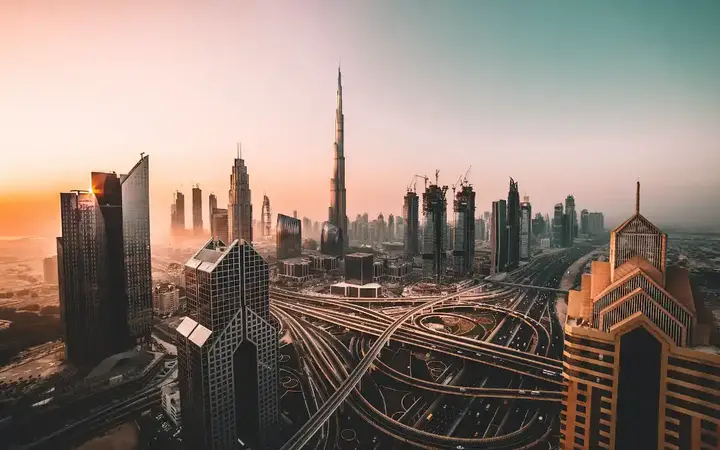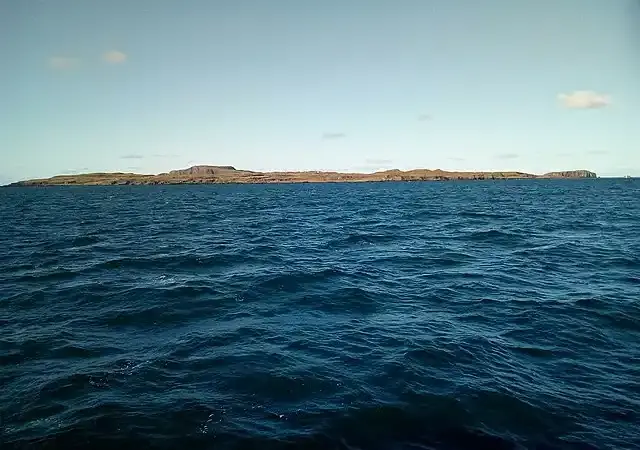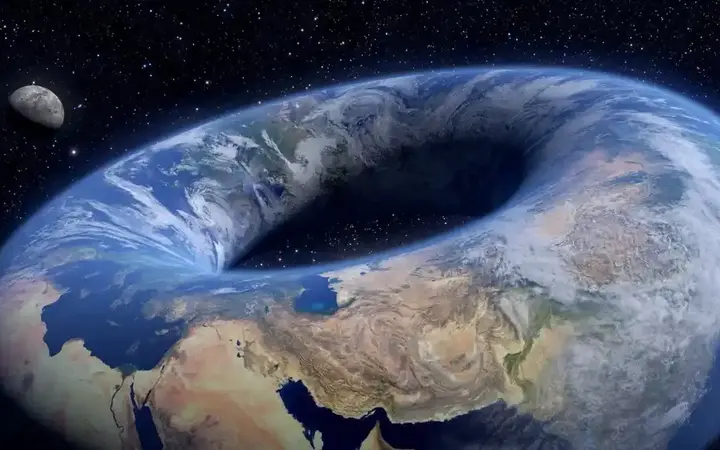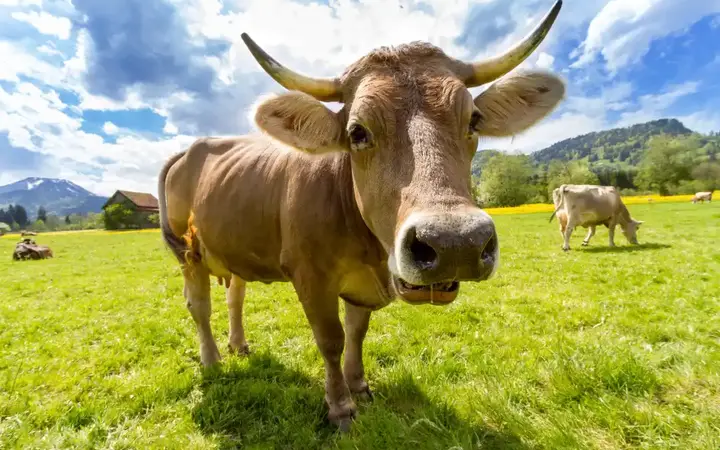Discover the Impossible: Turning Deserts into Dense Forests – Dream or Reality?
If you've ever seen a desert and thought, "Is it possible to turn these vast expanses of sand into lush greenery?" , this is the article for you.
Show key points
- Desert greening is the process of transforming arid and semi-arid regions into fertile, green landscapes for agriculture, forestry, and environmental improvement.
- Large-scale projects like the Sahara Forest Project in Africa aim to combat climate change, improve local economies, and protect regions from drought and famine.
- Access to water is critical in greening the desert, and innovative methods such as air condensation, wastewater recycling, and rainwater harvesting are being employed.
- ADVERTISEMENT
- Solar panels and wind turbines are not only providing energy but are also altering desert climates by increasing humidity and promoting rainfall.
- Creating fertile soil involves overcoming the challenge of nutrient-poor sand through the addition of pyrogenic carbon, adjusting pH levels, and removing contaminants.
- Salt-tolerant plants are often chosen for these projects, as they can thrive in harsh, saline-rich soil and water conditions found in deserts.
- Sustainable practices like crop rotation, hydroponics, and smart landscaping are essential for long-term desert reclamation and soil preservation.
There is a movement called desert greening that aims to do this.
In fact, many mega desert greening projects in Africa, the Middle East and China are already underway.
What is desert greening?

The term greening the desert means exactly what it literally says – the process of turning deserts into lush forests. Not only are deserts with vast and endless seas of changing sand dunes, but semi-arid lands are also included in the greening of the desert.
The aim of this process is to reclaim parts of desert land, make it fertile, and use it for agriculture, forestry and other environmental reasons, such as preventing soil erosion and enhancing biodiversity.
Recommend
By turning swathes of desert into forests, some experts hope to help combat climate change and protect regions from its symptoms (such as drought and famine).
Sahara Desert Forest Project
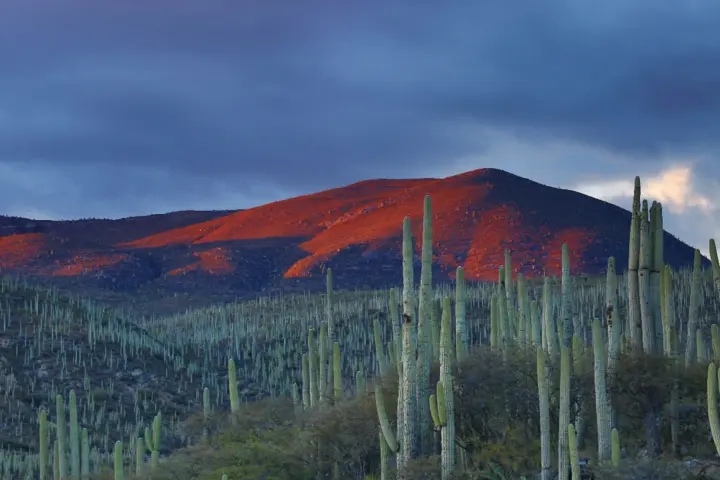
For example, a mega project is underway to green the Sahara Desert in the Sahel and Eritrea. The project, called the Sahara Forest Project, hopes to prevent drought-like conditions caused by the Sahara Desert impact. This will not only save lives and strengthen the economies of the countries concerned, but will also help combat the effects of climate change in the region.
Methods used to greening the desert
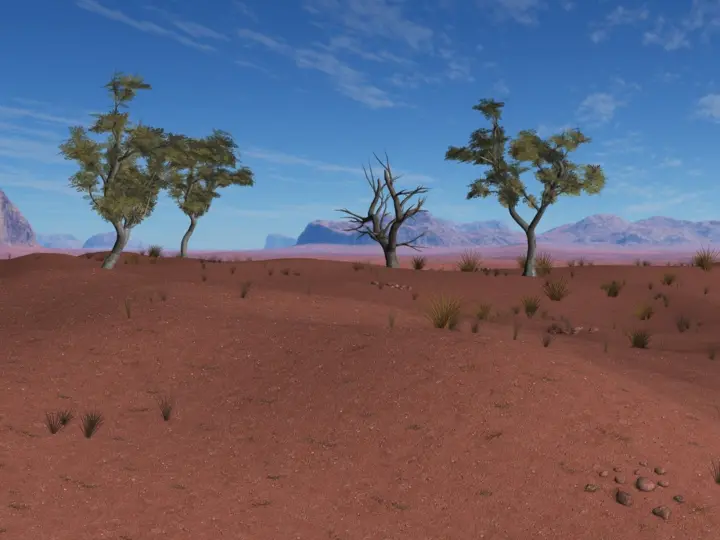
So, how can one begin to turn the desert into a forest? Well, of course, he can with a few seeds and a lot of water.
Water is perhaps the most important aspect of "greening" the desert, but as you can imagine, water is not the most readily available resource, especially in the desert region.
People usually use a range of methods, such as irrigation, groundwater, sand-absorbed water, rainwater and air-extracted water (by condensing moist air). On the other hand, there have also been attempts to drastically reduce the amount of water needed, and this has led to the emergence of technologies such as special water-retaining materials (such as some resins) and condensation techniques.
In the Moroccan city of Ouarzazate, the government is converting wastewater into usable water for irrigation, helping to "green" the region's drylands.
Solar & Wind Farms
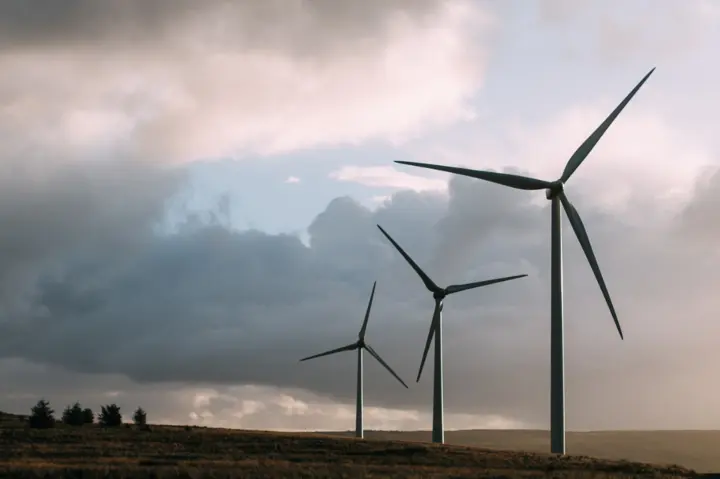
The Sahara Desert Forest project uses solar panels and wind turbines to help solve water problems.
Extensive research in solar and wind energy has shown that such strategies can dramatically change the climatic conditions around those farms. These plantings can increase heat and humidity in their vicinity, which are crucial factors for plant growth.
Solar and wind farms can also lead to increased rainfall, as seen in the Sahel (a region in Africa bordering the southern Sahara), allowing for a self-sustaining cycle. Rainfall is used by plants, and the plants leaching and transpiration, which will lead to more precipitation.
Another condition for turning the desert into a forest is fertile soil.
Incoherent sand is not suitable for plants, as it contains little or no water, nor does it contain enough organic matter to facilitate plant growth. Turning arid desert lands into life-sustaining soils is a challenge.
Carbon pyrogen addition
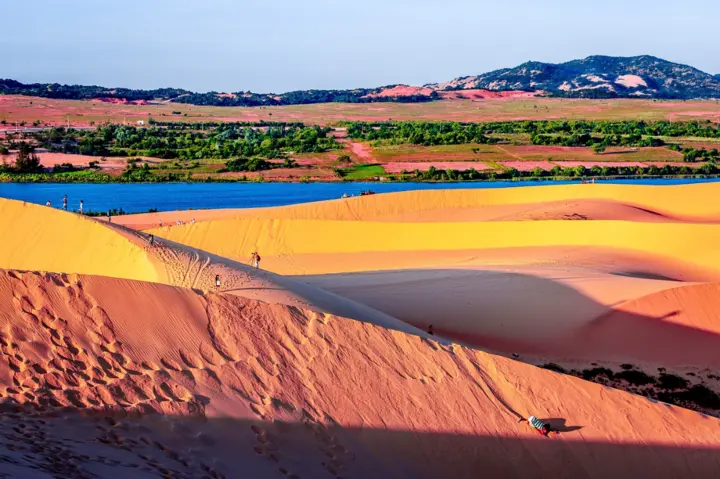
One way to make desert soil fertile is to add pyrogenic carbon. Pyrogen carbon is only the product of incompletely burned organic matter. Examples of pyrogen carbon include coal, black carbon, and soot (smoke darkening). Recent research has shown that adding purogenic carbon sources is a way to replenish degraded and sterile soils, returning them to fertility.
Besides adding pPurogenic carbon, stabilizing the pH number, the amount of clay in the soil and removing contamination from the soil can all make the soil more fertile.
Now, in this fertile soil, the plants are ready to grow.
The plants used in desert greening projects are often those plants that love salt. This means that these plants can grow in conditions with high concentrations of salt in water.
If the land is used for agriculture, it is important to use sustainable agricultural practices. Crop rotation, sustainable agriculture, hydroponics, etc. are all key factors for maintaining long-term soil viability. In addition to agricultural practices, smart landscaping can significantly reduce or prevent soil erosion, allowing fertile topsoil to stay in place.
![]()
7 physical cues that can help you read someone like an open book
Body language reveals more than words—handshakes, smiles, and even foot movements hint at confidence, stress, or honesty. A dominant handshake may suggest control; sincere smiles reach the eyes; fidgeting signals anxiety. Pay attention to these subtle cues, but always consider context—it's the key to truly understanding someone. more- ADVERTISEMENT
![]()
Beyond Burj Khalifa: Uncovering the Spirit of Dubai through its Metro
Dubai Metro isn’t just a ride—it’s a futuristic journey! From holding world records to themed stations and even a music festival, it blends innovation with culture. Just don’t fall asleep onboard, or you’ll be fined AED 300! more- ADVERTISEMENT
![]()
How food and pH affect the action of drugs in the body
How food and pH affect the action of drugs in the body more- ADVERTISEMENT
![]()
Genetically engineered microbes: the future of sustainable agriculture
Genetically modified microbes are transforming farming by boosting crop growth, nutrient absorption, and resilience to stress. These tiny allies can cut chemical use, fight pests naturally, and even help tackle climate change—offering a smart, sustainable path forward for agriculture. more- ADVERTISEMENT
![]()
Time travel through remote Lewis Island in Scotland
Time Travel Through Scotland’s Remote Isle of Lewis more- ADVERTISEMENT
![]()
Scientists wonder if the universe looks like a donut cake
Scientists are exploring the universe’s shape and structure, searching for signs of cosmic loops and mirrored galaxies. Using improved CMB maps and powerful telescopes, they aim to uncover if the universe is finite—and perhaps one day map it all, like a cosmic version of Google Earth. more- ADVERTISEMENT
![]()
The mysterious abandonment of Cahokia: The Lost City of Ancient America
Once a bustling hub near the Mississippi River, Cahokia was North America's largest pre-Columbian city, known for its massive Monks Mound and smart urban planning. By the 14th century, it was mysteriously abandoned, leaving behind ruins that still intrigue archaeologists and visitors today. more- ADVERTISEMENT
![]()
Human population growth: where are we now?
As the global population heads toward 10.5 billion by 2100, challenges like aging populations, food security, and environmental strain grow. While prosperity helps lower fertility, it also increases environmental harm. Addressing climate change, boosting food production sustainably, and shifting to low-carbon energy are key to balancing growth and the planet’s health. more- ADVERTISEMENT
![]()
Surprising fact: The environmental impact of beef outweighs cars
Surprisingly, beef production harms the environment more than cars, mainly due to cows’ methane emissions and the massive resources needed to raise them. From deforestation to acid rain, the impact is huge. Cutting down beef consumption, even slightly, makes a big difference for the planet. more- ADVERTISEMENT
![]()
The dark side of remote work that no one talks about: it's not just about wearing sweatpants and flexibility
Remote work may seem dreamy, but loneliness, blurred boundaries, and snack-fueled sofa days can take a toll. You might miss office perks, relationships, and even your boss forgetting you exist. It’s not all bad—but it’s not all good either. Just remember to move, unplug, and please, wear pants on video calls. more- ADVERTISEMENT













